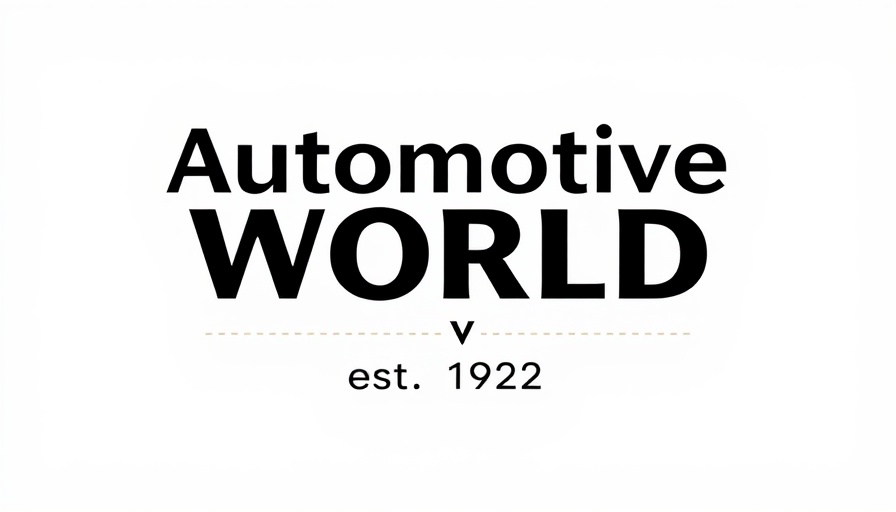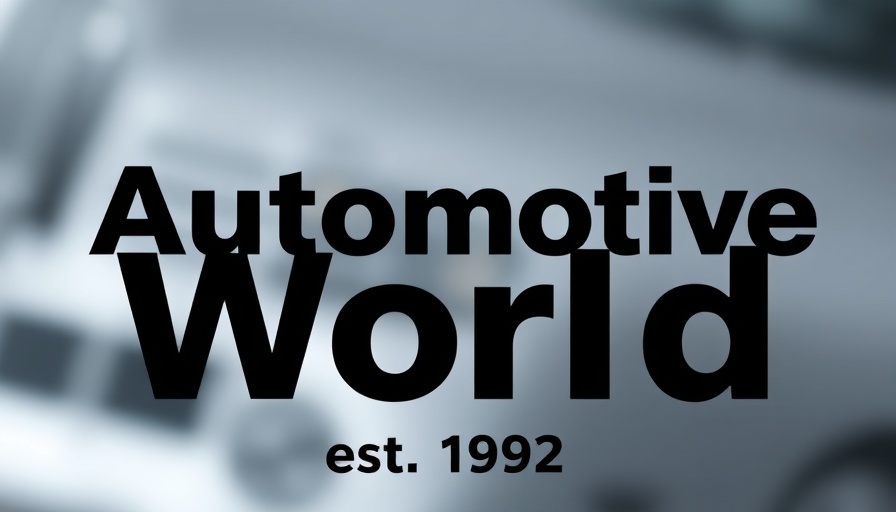
Unlocking Leadership Potential: The Power of Weaknesses
In today’s fast-paced automotive industry, dealership managers face unique challenges that require innovative approaches. One path to effective leadership may lie in rethinking how we perceive weaknesses. Rather than viewing them as flaws, leaders can frame these traits as tools to catalyze growth, fueling operational efficiency and enhancing customer satisfaction.
Ten Weaknesses Transforming Leadership
Consider how the top ten weaknesses identified by Denny Strigl, former CEO of Verizon Wireless, are not roadblocks but stepping stones to success:
- Impatience: Harnessing impatience can expedite decision-making processes in a dealership setting. Strigl emphasizes that a proactive approach helps avoid stagnation. Instead of waiting for the perfect conditions to act, impatient leaders act, focusing on what can be done immediately.
- Narcissism: Confidence in one’s vision is crucial. While overly self-centered perspectives can hinder team dynamics, a moderate level of narcissism empowers leaders to advocate for their dealership’s strategic direction.
- Stubbornness: Sticking to established values during turbulent times can provide stability within teams. In an industry where change is constant, steadfastness can rally personnel around shared goals.
- Self-Doubt: Self-reflection enables leaders to confront the realities of their decisions. Those who question their choices often navigate their teams through challenges more adeptly.
- Anxiety: This emotion can prompt thorough preparation. A nervous dealership manager may devise strategies to improve operations, leading to a more secure business environment.
- Guilt: Feeling responsible for outcomes often drives leaders to foster relationships, creating a more cohesive and loyal team.
- Distrust: A healthy skepticism encourages leaders to validate ideas critically, leading to stronger decision-making processes.
- Sensitivity: Empathy goes a long way in strengthening team bonds, essential in customer-facing roles within dealerships.
- Contrarianism: Challenging the norm can unveil new opportunities for improvement. A contrarian leader is capable of fostering innovation within the dealership.
- Frustration: Channeling frustration into action can motivate a team to strive for better performance and outcomes.
Why Understanding Your Weaknesses Matters
Taking a closer look at these traits can significantly impact how dealership managers lead their organizations. Recognizing how to leverage weaknesses can lead to better decision-making and improved team dynamics. When leaders embrace their vulnerabilities, they foster a culture where employees feel empowered to confront challenges creatively.
Next Steps for Dealership Leaders
As automotive leaders, consider focusing on one of the ten weaknesses mentioned above. Reflect on how this trait might be utilized to enhance operations at your dealership. By transforming weaknesses into strengths, you can chart a path to improvement and exemplary performance.
As motivations evolve within the auto sales ecosystem, fostering an understanding of weaknesses shifts the management narrative. Acknowledge the power of these traits and leverage them to drive your dealership towards exceptional service and operational excellence.
 Add Row
Add Row  Add
Add 

 Add Row
Add Row  Add Element
Add Element 




Write A Comment